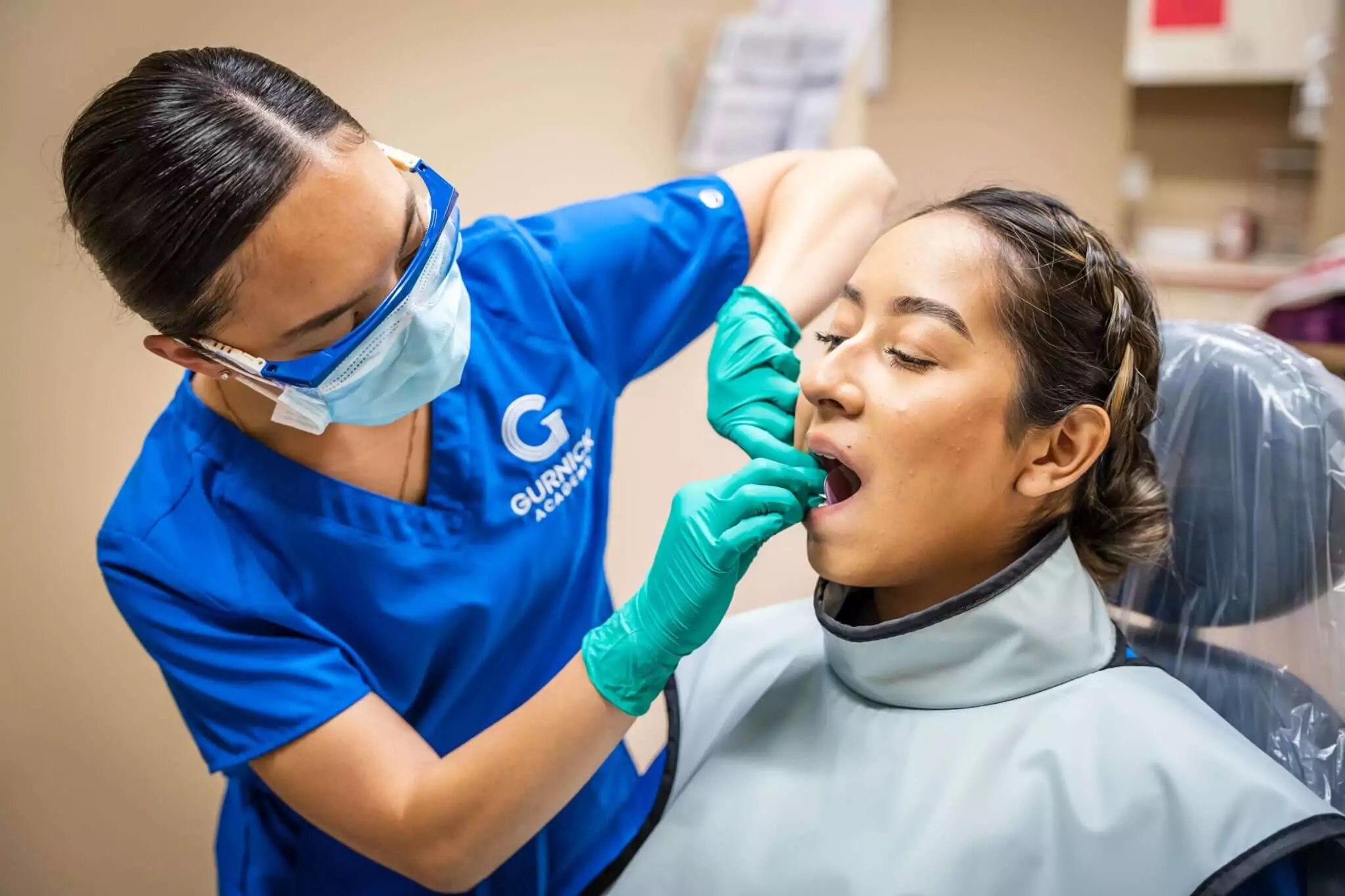Table of contents
Get Started with Kwikly
Get the latest updates, insights, and exclusive content delivered straight to your inbox.
Contributed by Mike White, Health Care and Life Sciences, CLA (CliftonLarsonAllen LLP)
Dental practice mergers and acquisitions (M&A) have accelerated in the industry and are transforming how practice leaders see their business. These deals open new opportunities and operational efficiencies but also require owners to elevate their business practices. If you are an owner attempting to position your dental practice as a potential acquisition target, you must understand how staffing and worker classification can significantly impact your valuation to potential buyers.
The Strategic Importance of Staffing in Dental M&A
Staffing is the backbone of any dental practice. The expertise, efficiency, and stability of a dental team directly influence the quality of patient care and operational success. For a practice eyeing acquisition, demonstrating a well-structured team that can sustain and potentially increase profitability makes it a much more appealing prospect. The right mix of dental professionals, support staff, and management not only ensures smooth day-to-day operations but also highlights the practice’s potential for scalability and integration into larger networks.
The Impact of Worker Classification
Worker classification—determining whether workers are independent contractors or employees—is a critical legal and financial consideration for dental practices. Classification affects payroll taxes, benefits, and compliance with labor laws. Misclassification of workers can lead to significant legal penalties, back taxes, and a tarnished reputation, all of which are red flags for potential investors.
According to the Department of Labor rules and the IRS, most dental hygienists, assistants, and front desk workers should be classified as employees rather than independent contractors. Even if the worker is temporary, they should be classified as employees.
Incorrectly classifying a dental hygienist as an independent contractor could not only invite legal challenges but also suggest to potential buyers that the practice’s financials may not be as solid as presented, due to the risk of future liabilities for unpaid taxes and benefits.
Worker Classification’s Effect on EBITDA
EBITDA stands as a key metric for assessing a dental practice’s financial health and operational efficiency—crucial factors in M&A valuation. Misclassification of workers can lead to unexpected liabilities, skewing EBITDA calculations. This could either inflate the practice’s value artificially, leading to adjustments during due diligence, or result in financial penalties that diminish its value. Accurate worker classification ensures that EBITDA reflects true operational performance, presenting the practice as a viable and valuable acquisition target.
Ensuring Attractiveness to Potential Investors
Staffing is a challenge across the dental industry, but a practice that embraces HR best practices and has a sustainable approach to staffing is particularly appealing. Dental practices must prioritize sound staffing strategies and ensure accurate worker classification to appeal to investors. Transparency in financial and operational practices, along with compliance with labor laws, signals to buyers that a practice is a safe and valuable investment.
Here are 3 things an owner can do today to make their staffing an acquisition selling point:
- Work with your Human Resources and Legal team to evaluate your compensation structures and the rules around each employee’s classifications.
- Evaluate the team (internal and external) that is guiding you through your goals and what you are working towards. Are you getting the right advice?
- Do a self assessment of your financial story, are your financials prepared to present to an outside party? Do they make sense? Are they telling the financial story you are wanting to portray?
Practices that use Kwikly dental staffing run smoothly with consistent access to high-quality dental staff who are W-2 employees. Kwikly handles the employment administration and the practices benefit from a flexible workforce that scales up or down depending on their need.
How to Prepare for a Dental Practice Merger
As the dental industry continues to see a rise in M&A activity, the impact of staffing and worker classification cannot be overlooked. These elements play pivotal roles in determining a practice’s market value and operational viability. These elements could make or break a potential transaction happening. By focusing on strategic staffing and ensuring compliance with labor laws, dental practices can position themselves as attractive targets for acquisition, paving the way for successful transitions and growth in the ever-competitive dental market.
Dental practice owners are encouraged to view these considerations not as hurdles but as opportunities to refine their operations and enhance their appeal in the M&A landscape. With a disciplined approach, practices can not only attract the right partners but also secure favorable terms, ensuring the most profitable outcome for ownership.
About Mike White and CliftonLarsonAllen

Mike has spent the majority of his career in public accounting helping entrepreneurs achieve their goals and vision. He has worked with many different industries
including lawyers, consultants, marketing and media companies, and most recently with DSO’s and MSO’s along individual dental and physician clients. His focus is on telling the right story within the financial statements and helping set goals to drive performance within the business. He received his BBA and MSA from Texas Tech University.
CliftonLarsonAllen delivers CPA services for dental practices, including integrated wealth advisory, outsourcing, audit, tax, and consulting services. With a virtual headquarters, their team approach allows them to have professionals conveniently located in communities across the country.








